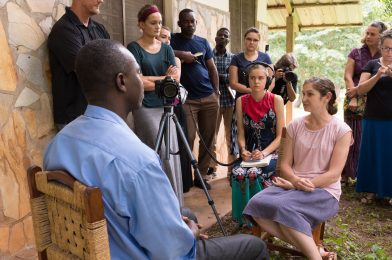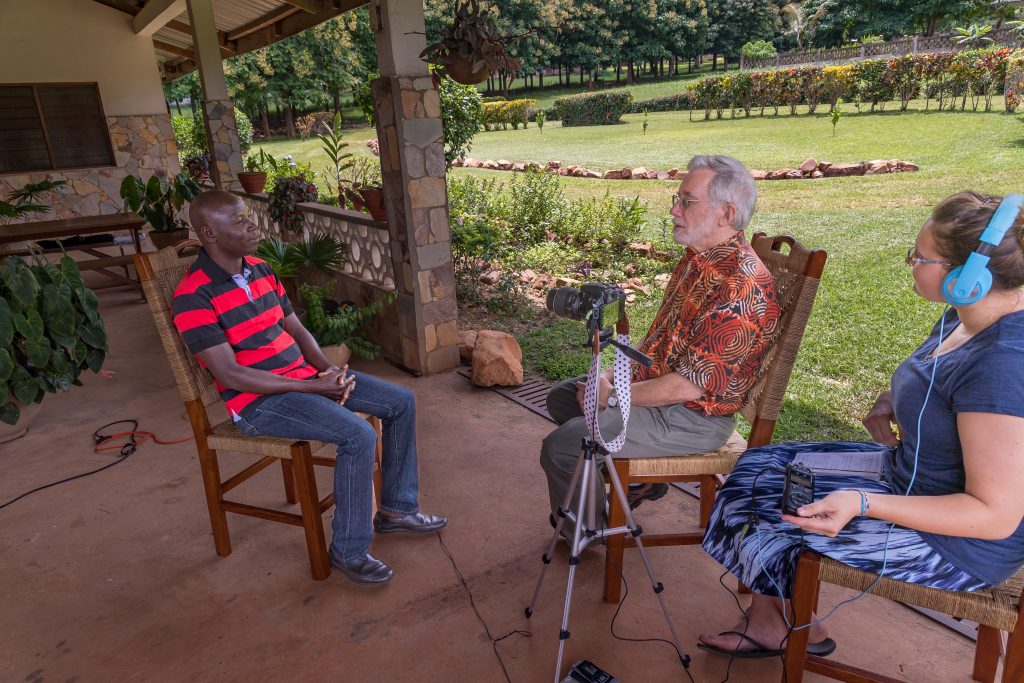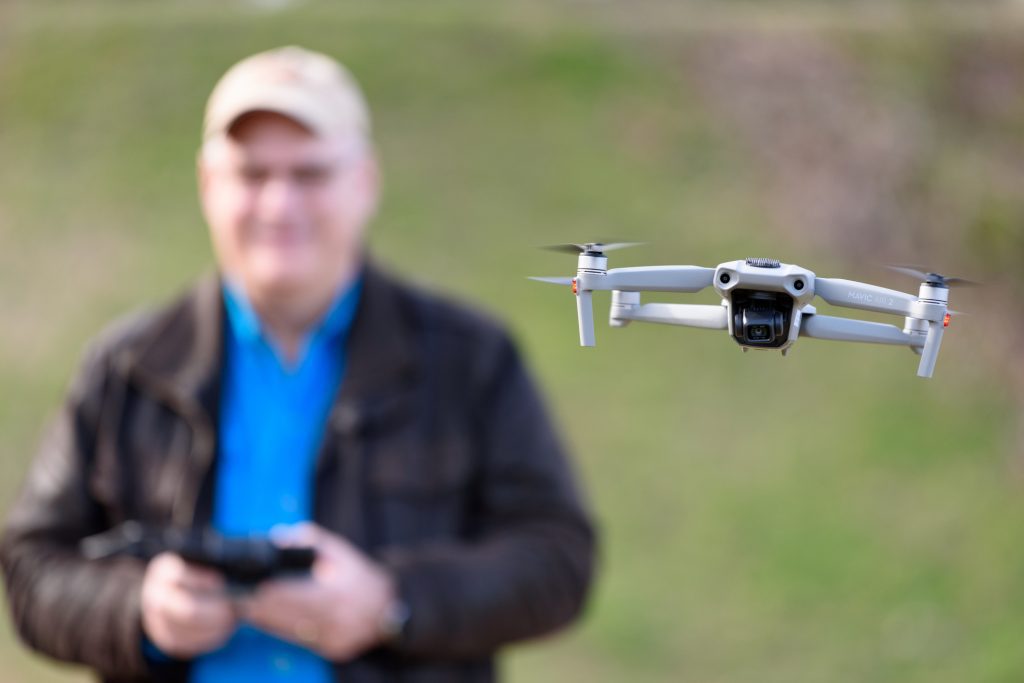March Madness is one of the most exciting times for basketball fans, and for a good reason. The thrill of watching underdog teams compete with the best of the best to win it all is unmatched. But beyond the excitement of the tournament lies a deeper meaning to the game of basketball. It teaches us valuable lessons about life, and we can learn from some of the greatest players and coaches in the sport.

One such coach is Bobby Cremins, who has significantly impacted the Georgia Tech basketball program. His coaching philosophy emphasizes hard work, discipline, teamwork, and character, all of which have contributed to his success and the success of his players. In addition, his love for the game and his unwavering enthusiasm has inspired many, and his influence is a testament to the power of basketball to teach us valuable life lessons.

As we watch March Madness unfold, let us remember the love of the game and the lessons it teaches us. Michael Jordan once famously said, “I’ve missed more than 9,000 shots in my career. I’ve lost almost 300 games. Twenty-six times, I’ve been trusted to take the game-winning shot and missed. I’ve failed over and over and over again in my life. And that is why I succeed.” This quote speaks to the resilience and persistence required to be successful in basketball and life.

John Wooden, the legendary UCLA basketball coach, believed basketball was not life’s ultimate goal. Instead, he stressed the importance of teamwork and playing for a higher purpose, emphasizing hard work, discipline, and character. These lessons can be applied to our daily lives as we learn to work hard, persevere, and overcome obstacles like basketball teams do.
Beyond the lessons taught by great coaches and players, basketball also teaches us the importance of teamwork. Trusting in each other’s abilities, supporting each other, and working towards a common goal are all valuable skills that can be applied to many areas of life.

As we watch March Madness unfold, let us celebrate the love of the game and the lessons it teaches us. Let us strive to work hard, persevere, and succeed in everything we do, just as the players and coaches on the court do. And let us remember that basketball is more than just a game; it teaches valuable life lessons that can help us succeed in all areas of our lives.




































